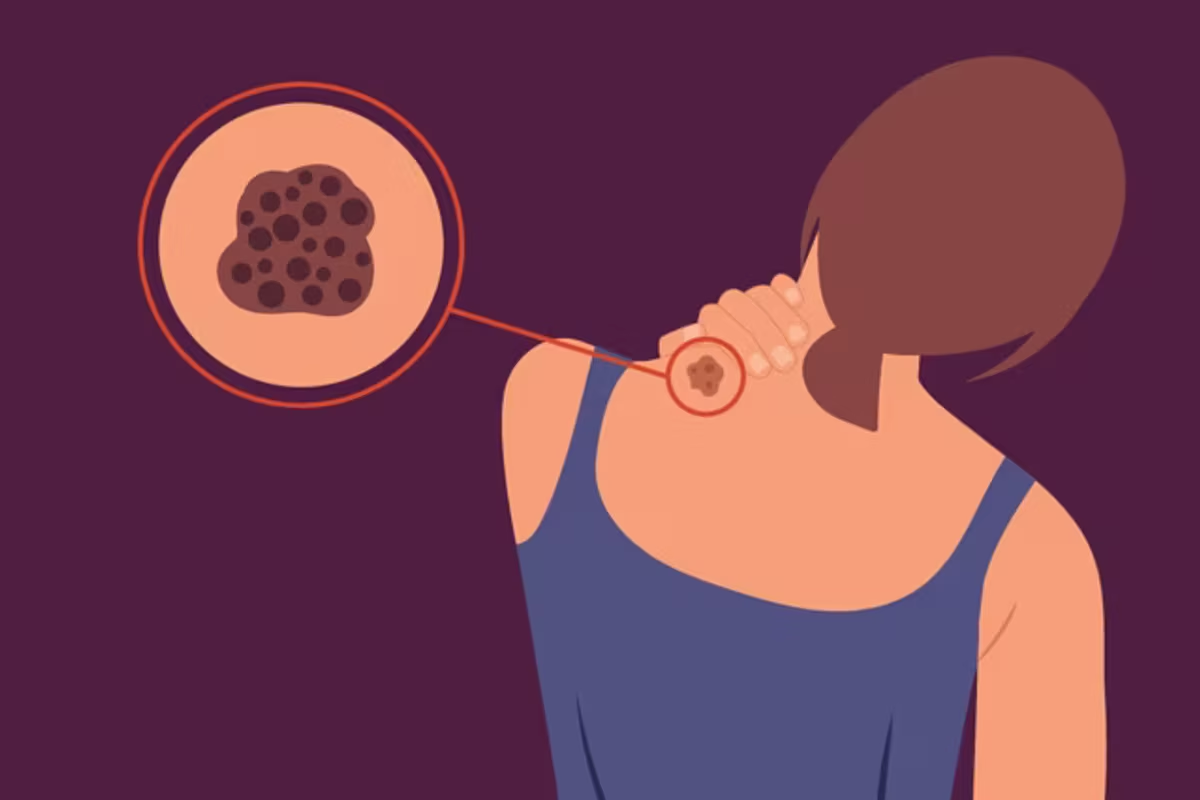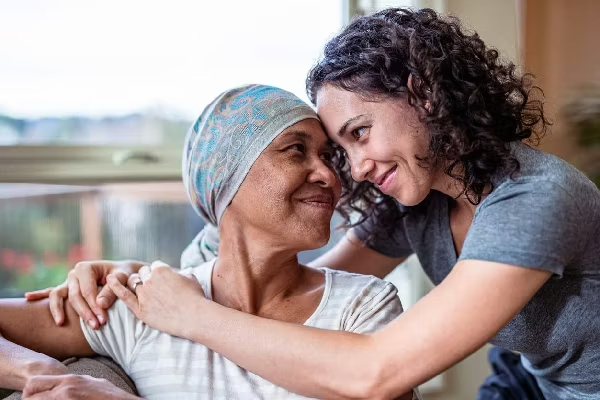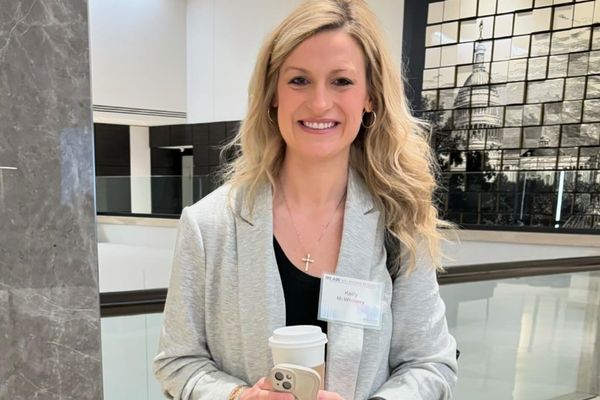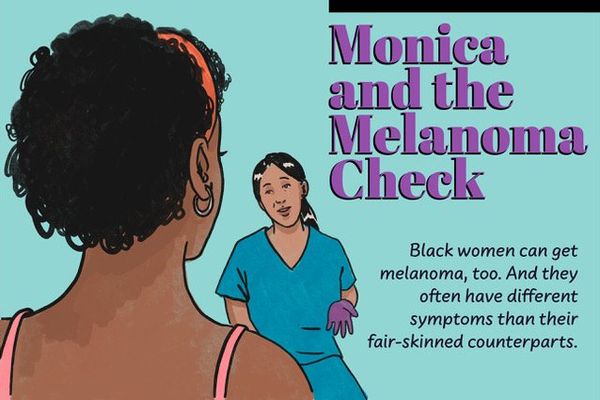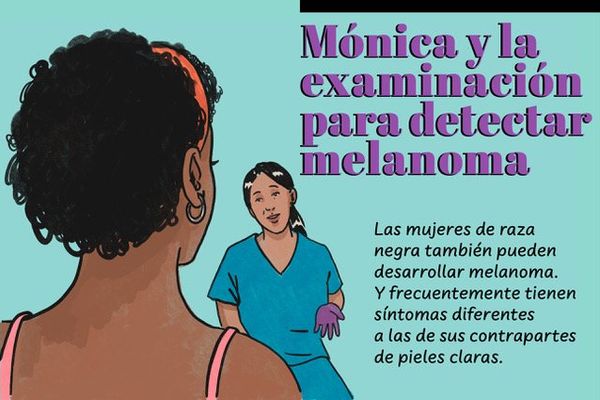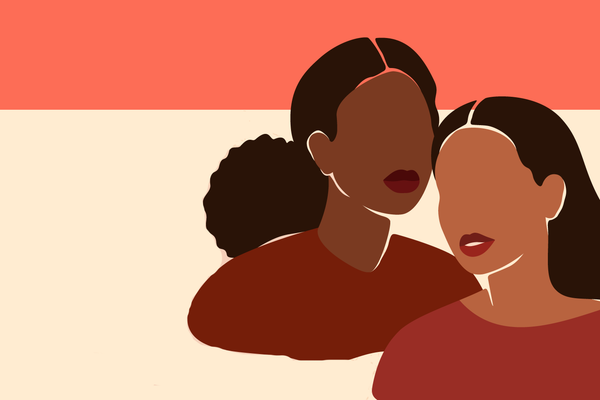Melanoma is a type of cancer that happens when the cells that produce color (melanin) grow out of control.
Women ages 50–65 have higher rates of melanoma than men of the same age.
Melanomas of the Skin
Called cutaneous melanomas, melanomas of the skin are the most common.
There are several different types:
Superficial Spreading Melanoma
-
Grows on the surface of the skin
-
Shows up as a dark spot or new or existing mole
-
Makes up 7 out of 10 skin melanomas
Nodular Melanoma
-
Grows down into the deep layers of the skin
-
Shows up as a bump on the skin that can be brown, black, red or pink
-
Makes up 2 out of 10 skin melanomas
Lentigo Maligna Melanoma
-
More common in older adults
-
Grows slowly
-
Shows up as an abnormally shaped brown or tan spot in a sun-exposed part of the skin
Acral Lentiginous Melanoma (Acral Melanoma)
-
More common in people with darker skin
-
Grows in areas not typically exposed to the sun
-
Shows up as a dark spot on places like:
-
Palms
-
Bottom of the feet
-
Under the nails
Rare Types of Cutaneous Melanoma
-
Amelanotic melanoma (pink or red spot)
-
Nevoid melanoma (dome-shaped mole of any color)
-
Spitzoid melanoma (round, pink mole that can sometimes be flat or rough)
-
Desmoplastic melanoma (pink or red spot that looks like a scar)
Melanomas in Other Parts of the Body
Uveal Melanomas
-
Grows in the pigmented part of the eye
-
Often has no symptoms but can cause:
-
Vision loss
-
Light flashes
-
Blurry vision
-
Floaters
Mucosal Melanomas
-
Grows in moist parts of the body:
-
Nose
-
Mouth
-
Throat
-
Vagina
-
Anus
-
Symptoms vary based on the location but often include bleeding from or pain in the affected part
This educational resource was created with support from Merck.
- My Melanoma Was Dismissed as an Inflamed Hair Follicle ›
- Metastatic Melanoma 101 ›
- The ABCDEs of Spotting Melanoma ›
- Melanoma Rates Are Rising. How Can You Protect Yourself? ›
- Melanoma 101 ›

